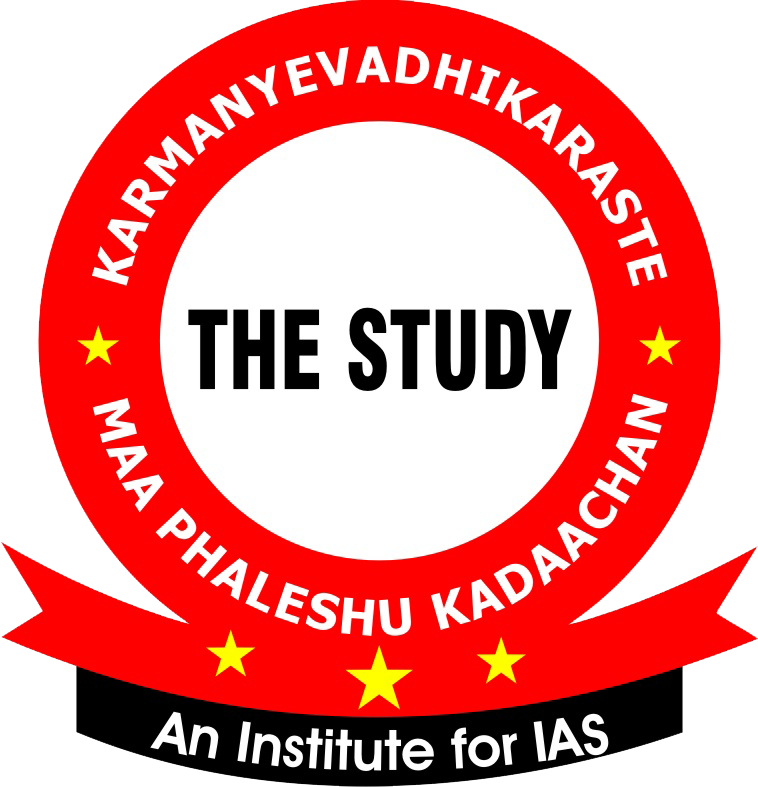July 27, 2023
BIMSTEC Foreign Ministers’ meet
BIMSTEC Foreign Ministers’ meet
Why in the News?
- The first foreign ministers' meeting of BIMSTEC took place in Bangkok, Thailand.
- The meeting aimed to strengthen technical and economic cooperation among BIMSTEC member countries. India's Foreign Minister, S. Jaishankar, participated in the meeting.
- The focus of the meeting was on enhancing flexibility and coordination among the member countries of BIMSTEC.
What is BIMSTEC?
- BIMSTEC, established in 1997 through the Bangkok Declaration, is a regional organization.
- Initially named BIST-EC (Bangladesh-India-Sri Lanka-Thailand Economic Cooperation), it now includes seven member countries, with Myanmar joining in 1997, and Bhutan and Nepal becoming members in 2004.
- The Bay of Bengal region holds approximately 22% of the world's population and has a combined GDP of around 2.7 trillion dollars.
- Between 2012 and 2016, the average annual growth rate of BIMSTEC countries ranged from 3.4% to 7.5%.
- The Bay of Bengal serves as a crucial trade route, witnessing the passage of about three-fourths of the world's trade goods annually.
- Initially, BIMSTEC focused on six sectors: trade, technology, energy, transport, tourism, and fisheries. It later expanded into other areas in 2008.
- In 2021, a reorganization led to each of the Member States leading certain sectors. India focuses on security, along with counter-terrorism and transnational crime, disaster management and energy.
Growth of BIMSTEC as a regional forum
- Alongside the BRICS summit in Goa, India hosted an outreach summit with leaders of BIMSTEC countries.
- Despite existing for many years, this group has been largely overlooked.
- The support for the exclusion of Pakistan from the South Asian Regional Cooperation Summit (SARCS) in Islamabad was seen as a call from New Delhi.
- SAARC includes Afghanistan, Bangladesh, Bhutan, India, Maldives, Nepal, Pakistan, and Sri Lanka as its members. When the summit was cancelled, India claimed victory in isolating Pakistan.
- Constantino Xavier, research fellow at the public policy think tank Centre for Social and Economic Progress, wrote in a paper for Carnegie India in 2018 how all of the BIMSTEC countries have a strategic incentive in its growth.
- Bangladesh views BIMSTEC as a platform to position itself as more than just a small state on the Bay of Bengal, and Sri Lanka sees it as an opportunity to connect with Southeast Asia and serve as the subcontinent’s hub for the wider Indo-Pacific region.
- BIMSTEC not only connects South and South-East Asia but also links the Himalayas and the Bay of Bengal's environmental dynamics.
- BIMSTEC represents a shared space for peace and development, driven by common values, history, ways of life, and destiny.
- For India, BIMSTEC serves as a natural platform to fulfil its priorities of "Neighbourhood First" and "Act East" in foreign policy.
China on Mind
- The Bay of Bengal is crucial for an increasingly assertive China in maintaining its access route to the Indian Ocean.
- As China has undertaken a massive drive to finance and build infrastructure in South and Southeast Asia through the Belt and Road Initiative in almost all BIMSTEC countries, except Bhutan and India, BIMSTEC is a new battleground in the India-China battle for dominance.
Importance
- BIMSTEC could allow India to push a constructive agenda to counter Chinese investments, and instead follow best practices for connectivity projects based on recognised international norms.
- The Chinese projects are widely seen as violating these norms.
- Xavier wrote that “It could develop codes of conduct that preserve freedom of navigation and apply existing law of the seas regionally. In addition, BIMSTEC could stem the region’s creeping militarisation by instituting, for instance, a Bay of Bengal Zone of Peace that seeks to limit any bellicose behavior of extra regional power."
- The late Joyeeta Bhattacharjee, who was a senior fellow with Observer Research Foundation (ORF), wrote in a paper: “The two organizations — SAARC and BIMSTEC — focus on geographically overlapping regions.
- SAARC is a purely regional organization, whereas BIMSTEC is inter-regional and connects both South Asia and ASEAN. Since the SAARC summit has only been postponed, not cancelled, the possibility of revival remains.”

